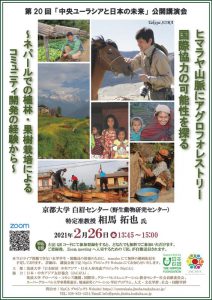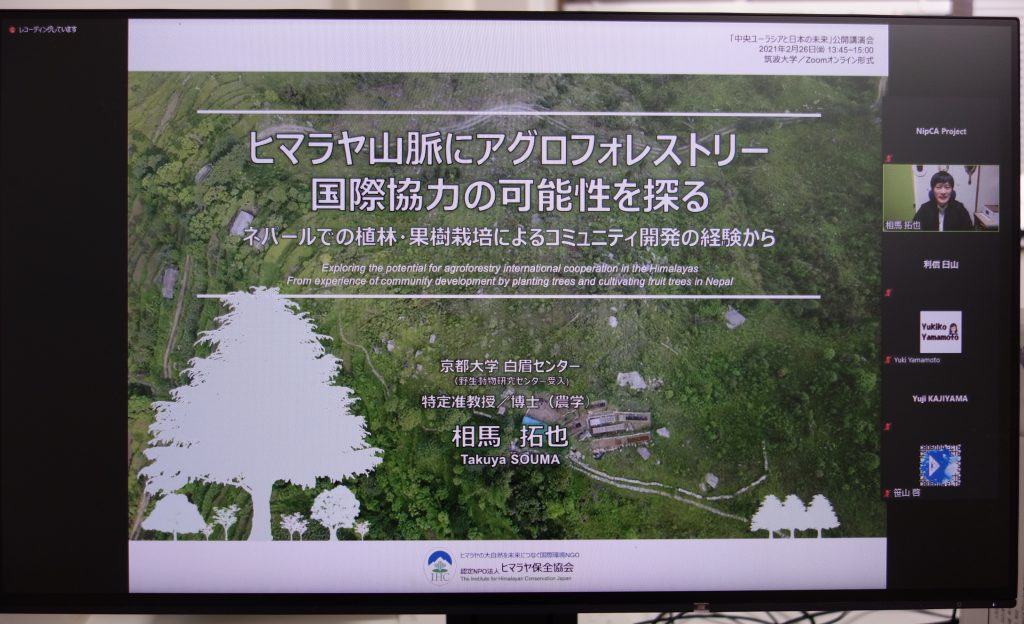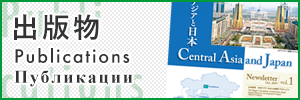On Friday, February 26, 2009, as the 20th session of the public lecture series “Central Eurasia and Japan’s Future,” we welcomed Associate Professor Soma Takuya of Kyoto University’s Hakubi Center to give a lecture titled “Exploring the Potential of International Agroforestry Cooperation in the Himalayas: Experiences in Community Development through Afforestation and Fruit Tree Cultivation in Nepal”.
Dr. Soma is researching wild animals such as golden eagles, snow leopards, and wolves from the perspective of geography, ecological anthropology, animal folklore, and history of human-animal relationships. In addition to his research, he has also been active as president of the Himalaya Conservation Association, an environmental NGO organization, and is working toward sustainable development of Nepalese local communities through afforestation and fruit planting at the foot of the Himalayas.
This lecture was mainly about international cooperation by agroforestry in the Himalayas. With the awareness that the most important point of international cooperation is not just providing something, but to create a mechanism for local people to liven up the region with the power of the region, Dr. Soma, together with the people in the Himalayas, thought about “what kind of trees are needed” and “what kind of trees will attach”, and actually ran the project. He talked about the activities that kill two birds with one stone: developing better agroforestry by getting deeply involved with people, and using the information obtained for research. It was a very lively meeting where questions from various points of view popped up.




